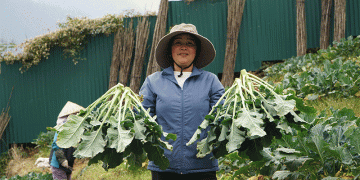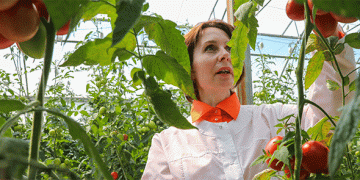The Clementine market saw a steady demand in the week following Nikolaus, largely influenced by unfavorable weather conditions which boosted consumer interest. The improved quality of available produce further intensified the demand, as farmers and consumers sought out the best options. The supply was sufficient to meet this growing need, but challenges remained in terms of variety and price competitiveness.
Spanish Clementines dominated the market, with Clemenules and Oronules varieties frequently available. However, there were concerns about kernel content in Greek imports, leading to reduced sales volumes. Italian Clementines, often sold with leaves attached, were significantly more expensive compared to their competitors, highlighting a premium for freshness and quality. Marokkanische Clementinen grew in importance, providing a more budget-friendly option but often at the cost of compromised quality.
Mandarins presented a different picture. Oversee shipments were almost non-existent, with only a few Peruvian options still available. Italian supplies, particularly of Tacle (a crossbreed of Tarocco-Orange and Clementine), increased slightly, although they were challenging to peel in Frankfurt and had limited presence in Berlin. However, their exceptional taste made them popular among consumers looking for a premium product. Turkish Satsumas became the primary option, known for their excellent organoleptic qualities and vibrant flavor profiles.
The latest market data suggests that while Italian Clementines with leaves remain a preferred choice for quality-conscious consumers, the overall supply chain is under pressure from competition, especially from Morocco and Spain. This price premium for Italian produce may not be sustainable long-term without additional strategies to improve supply chain efficiencies and broaden market reach.
The Clementine and Mandarin markets continue to be influenced by factors such as weather, quality, and competition. Italian growers and suppliers must be mindful of these dynamics, focusing on improving variety and supply consistency to maintain market share. As the agricultural industry evolves, adapting to these changes will be crucial for staying competitive.































